If you’re in the world of optometry, a phoropter can be your best friend when performing eye examinations. This complex equipment, full of dazzling arrays of dials, levers, and knobs, holds the secret to assess the individual’s eye prescription accurately. But how well are you really using it? It’s not unusual to feel somewhat overwhelmed by a phoropter due to its sophistication.
Getting the most out of a phoropter is an art of precision in itself, just like painting or playing an instrument—it requires practice and solid understanding.
In this article, we’ll serve as your comprehensive guide to manoeuvre through the enigma that is the phoropter. We aim to help you ace those visual acuity tests and boost your optometric practice’s efficiency, whether you’re a seasoned optometrist or just starting your career journey. Here’s to delivering the gift of sight more effectively and confidently!
Getting acquainted with your chosen phoropter and wielding it to its full potential is critical for delivering accurate vision correction. So let’s dive into understanding the components of this trusty tool and how to wring every ounce of precision from it.
At first glance, a phoropter refractor might seem intimidating, what with its complex array of lenses and prisms. However, each lens serves a specific function in helping find the perfect prescription to correct refractive errors like nearsightedness and farsightedness, and conditions such as astigmatism.
Choosing the right phoropter is all about ease of use, technological features and build quality. A well-made, user-friendly phoropter not only ensures smooth eye examinations but also extends the life of your investment. Keep in mind, the sharper the tool, the more precise your work.
| Brand | User-friendliness | Build Quality | Technological Features |
|---|---|---|---|
| Topcon | High | High | High |
| Nidek | Medium | High | High |
| Marco | High | Medium | High |
| Reichert | High | High | Medium |
| Essilor | High | High | High |
While these are some of the most renowned brands in the realm of phoropter refractors, let’s expand our exploration to include other noteworthy players. One such brand is AngleUs, known for their superior quality eye care tools. Despite being a less mainstream name, AngleUs stands out. Their devices offer ease of use and feature-rich capabilities, making the optometry experience seamless for doctors and patients alike.
Speaking of seamless experiences, we can’t overlook the PSF Refractor by VMax Vision. This innovative tool is designed with precision and accuracy in mind, making it a go-to choice for many eye care professionals. When quality matters, a well-crafted PSF Refractor might just be the phoropter refractor you’ve been searching for.
Phoropter refractors come in different forms: there are manual and automated digital refractors. While manual refractors are great for those who prefer hands-on control and discretion, digital refractors have ushered in a new age of precision and convenience. As a result, choosing between the two can make a world of difference to your practice.
Moreover, compatibility with accessories is another critical aspect you need to consider. Some phoropter refractors have the ability to work in synergy with other tools or systems. For instance, the iTrace phoropter refractor can provide highly accurate measurements in highly aberrated eyes. That’s an added advantage that could significantly enhance the quality of care you provide to your patients.
Careful attention to these factors can enable you to make a better-informed purchase decision and ultimately, get the most out of your phoropter.
Consider the phoropter’s compatibility with additional accessories or systems that may be vital for certain visual evaluations—like testing for binocular vision, depth perception and even color vision.
Think of your phoropter as a valuable co-worker—it demands care and maintenance. Regular cleaning, lubrication of moving parts, employing protective covers, conducting calibration checks, and scheduling professional maintenance checks keeps your phoropter working optimally, and your patients seeing clearly.
| Maintenance Tips | Description |
|---|---|
| Regular Cleaning | Remove dust and debris to ensure accurate measurements. |
| Lubrication of Moving Parts | Keep the gears of your phoropter operating smoothly to maintain precision in vision correction measurements. |
| Use of Protective Covers | Protect your phoropter from harsh environments and dust accumulation when not in use. |
| Calibration Checks | Regularly test your phoropter’s measurements for accuracy to ensure consistent quality service. |
| Professional Maintenance | Get routine check-ups by experts to detect and repair any internal issues. |
Within the intricate machinery of eyecare, stands a paramount device, the Phoropter, mastering its operation can excel your practice’s efficiency and the quality of eye tests you can offer. But, to maximize its use there are numerous crucial aspects you need to comprehend. As you know, this diverse ophthalmic testing device, used in eye examination procedures, has various features and distinct elements to accurately measure refractive errors and determine the appropriate eyeglass prescriptions for your patients.
Yet, to truly grasp the potential of your precious appliance, there are important aspects you should be focusing on. These are your blueprint to harnessing its full potential:
Remember, even the most intricate device can be mastered with determination, practice, and the right strategy. Thus, let’s jump into the depths of these aspects, and untangle the seemingly complex realm of phoropters to augment your practice to its peak.
Emphasizing the Importance of Maintenance
Maintenance of your phoropter is critical for ensuring it’s working condition. This can include regular cleaning, calibration checks, lubricating moving parts, or using protective covers. Professional maintenance checks will also go a long way in extending its lifespan and accuracy of results. Emphasizing the Importance of Maintenance Maintenance of your phoropter is critical for ensuring it’s working condition. This can include regular cleaning, calibration checks, lubricating moving parts, or using protective covers. Professional maintenance checks will also go a long way in extending its lifespan and accuracy of results.
Like any skill, becoming proficient with a phoropter requires practice. The more patients you examine, the more familiar you become with each lens and adjustment.
Remember, there’s no ‘one size fits all’ approach in optometry. Every patient presents a new challenge, a new puzzle to solve—and it’s your mastery over the phoropter that will help you deliver a clear solution, every time.
| Key Feature | Considerations |
|---|---|
| Ease of Use | Choose a phoropter that’s easy to handle for smooth check-ups for both doctor and patient. |
| Technological Features | Pay attention to user-friendliness and build quality when making your purchase. |
| Compatibility with Accessories | Ensure your phoropter can work with extra tools or systems for additional features or specific eye tests. |
| Durability and Quality | A well-made, sturdy phoropter will last longer and perform better. |
| Manufacturers | Look for reputable brands such as Topcon, Nidek, Marco, Reichert, and Essilor. |
After deciding on your optimal phoropter based on the table of key features above, it’s vital to then focus on its usage. Given the essential nature of the phoropter in eye care, one cannot underline enough the importance of mastering its functionalities.
The crucial function of a phoropter is to fine-tune vision correction, a task accomplished by toggling swiftly between different lenses to find an ideal match for the patient’s eyes. Having an understanding of this mechanism is pivotal for conducting a successful eye examination.
Your role as an eye care professional will often involve adjusting multiple lenses and prisms in the phoropter refractor for testing the patient’s vision. Therefore, understanding how each lens and prism works become non-negotiable.
Furthermore, it’s essential to keep in mind that a phoropter refractor isn’t just to correlate with distant vision. It’s also used for identifying any signs of refractive error, making it a vital tool for determining the accurate prescription for eyeglasses or contact lenses.
Remember, your professionalism and reputation as an optometrist are directly tied to how efficiently you use your phoropter. Your ultimate goal should be to provide a comfortable and precise eye examination experience for your patients.
How can I ease the use of my phoropter?
You can ease the use of your phoropter by ensuring that the device is conveniently positioned and tuned for smooth handling. This brings about a more streamlined check-up experience for both you and your patients.
What constitutes effective maintenance for my phoropter?
Effective maintenance includes regular cleaning, calibration checks, and lubrication of moving parts. Additionally, you should use protective covers and schedule professional maintenance checks to keep it in optimal working condition.
What makes a high-quality phoropter?
A high-quality phoropter offers durability, reliability and precision. Features should include advanced technology, user-friendliness and compatibility with other diagnostic tools or systems. Brands like Topcon, Nidek, Marco, Reichert, and Essilor are well-known for producing such devices.
What common mistakes should I avoid with my phoropter?
Common mistakes to avoid include neglecting calibration, using harsh cleaners that can damage optical surfaces, not lubricating moving parts, exposing the device to harsh conditions, and not storing it properly to protect it from dust and damage.
In conclusion, to truly master your phoropter and ensure its effectiveness, it’s fundamental to steer clear of common mistakes and cultivate a routine maintenance practice. Your patients trust you to provide the best care possible, and this begins with the tools you use. Make every visit a symbol of your professionalism and dedication to quality eye care. Should you need any further guidance, don’t hesitate to reach out to us at ikiss. We’re your trusted partner in delivering top-tier optometry solutions. Contact us today for more detailed support and information.
VISIT OUR SHOP
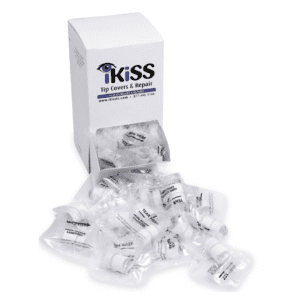
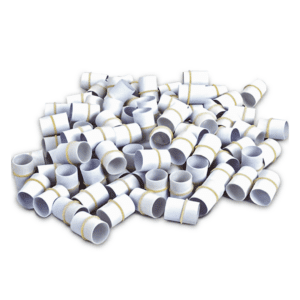
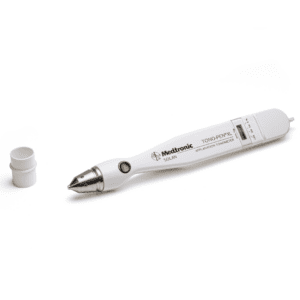
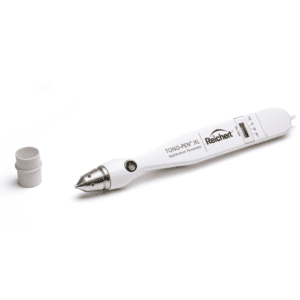
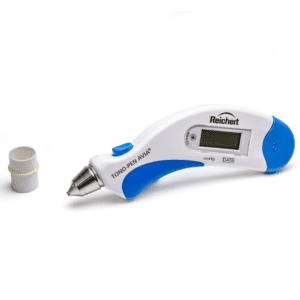
iKiSS is the go-to provider for top-quality refurbished Tono-Pen® Tonometers, Tono-Pen AVIA® Tonometers, Slit Lamps, and Phoropters, offering substantial savings of up to 40%.